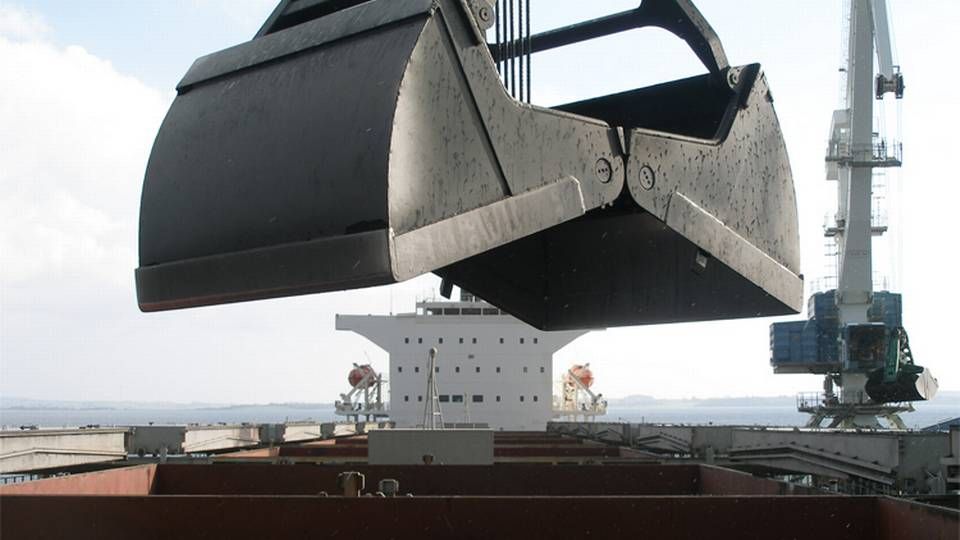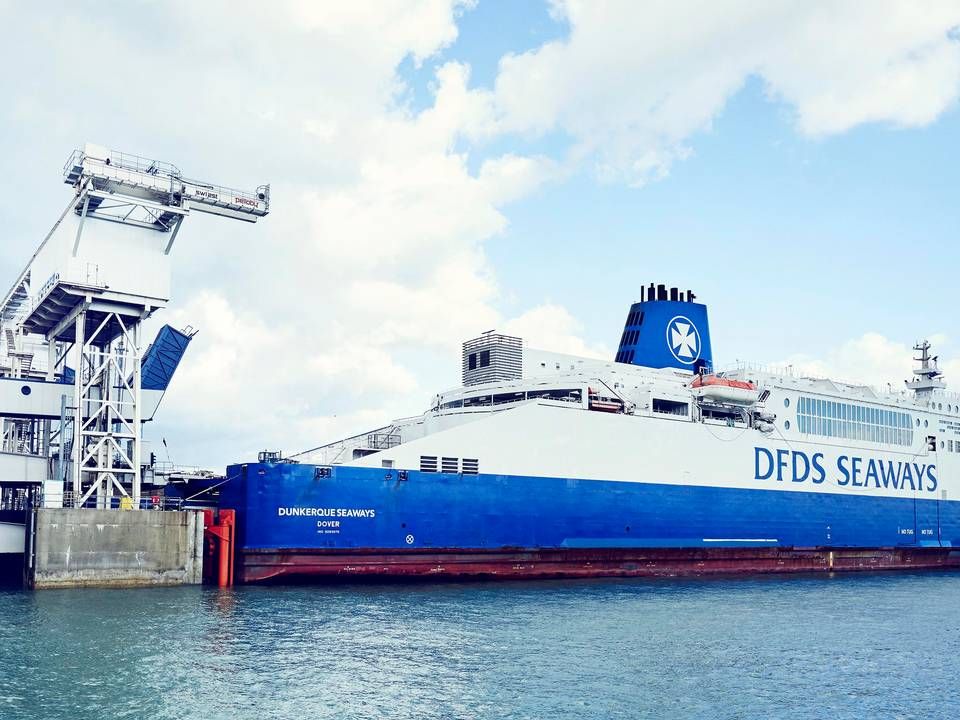Here are the new OECD recommendations for future ports

The ports which best adapt to new developments will be the most competitive in the future. While this may seem like an obvious statement, port planners and politicians do not sufficiently consider how shippers' needs alter with time, according a new report from the International Transport Forum at the OECD.
The organization has issued four strategic recommendations for global ports in its "Container Port Strategy."
According to the report, one of the most significant challenges facing ports is that container vessels are becoming larger and must handle more cargo. This puts pressure on equipment as well as workers and crews with the arrival of new vessels, but it also means that more vessels are anchored. The flexibility of the ports and workforce is a huge advantage. Larger vessels also require larger shipping waterways and more space generally.
The four OECD recommendations, lifted from the report and included below, serve to address this challenge.
Introduce demand-driven and flexible port planning
Port planning should consider a full range of potential scenarios for trade and containerisation. Uncertainty implies that capacity expansion should be designed to be as modular and flexible as possible.
Assess the merits of developing new container ports thoroughly
Public policy tends to focus on developing large hub ports, often seeking to expand transhipment. A thorough assessment of costs and benefits for transhipment ports is warranted, considering the small transhipment margins and the large costs of transhipment ports that are covered, usually, by the public. Not all ports can be hubs and feedering is often more efficient. As shipping becomes increasingly concentrated around a smaller number of hubs, feedering will become more prevalent worldwide. Relocation of container ports to non-urban areas can be a viable option, but optimal decisions are very much case-specific and require a solid analysis of market prospects and the costs and benefits involved.
Implement port-gate policies, such as truck appointment systems
Port-gate appointment systems provide truck drivers with time-slots in which they can deliver and pick up a container. The effectiveness of such systems is increased if it is coupled to measures to increase the visibility of cargo flows, for example via port community systems for information exchange within the port – and through the more extended cargo community systems, covering information related to dry ports and hinterland transport. Truck appointment systems gain in effectiveness if introduced together with truck waiting areas and incentives to enforce the system, i.e. charges for late delivery or pick up, usually used with the option making a simple telephone call or web-based re-booking to reschedule and avoid penalties.
Stimulate cooperation between stakeholders in the maritime logistics chain
The efficiency of maritime supply chains is determined by the interfaces between stakeholders. These are all points at which at least two stakeholders are involved and where inefficiencies are the result of a lack of effective communication, coordination and alignment. Such bottlenecks can only be solved via collaboration of the stakeholders involved in the maritime supply chain.
There report also includes a fifth recommendation specifically for Argentinian ports, recommending that the country consider other options longer term besides the expansion of container operations in Puerto Nuevo to meet growing demand.
English Edit: Lena Rutkowski
UK ports expect new business post Brexit
OECD report points to huge potential for information sharing in shipping
Related articles
UK ports expect new business post Brexit
For subscribers


















